1. Neighborhood Facebook Groups with Cameras

Many suburbs have private Facebook groups where neighbors share community news. Increasingly, these spaces are filled with doorbell cam clips and driveway surveillance footage. The intention is to alert others about suspicious activity, but often it just ends up documenting every stranger walking a dog or delivering mail. And these videos live online indefinitely.
What’s meant as “community watch” can easily feel like a neighborhood-wide monitoring network. People who never agreed to be filmed are posted for hundreds of neighbors to comment on. The vibe shifts from friendly chat to digital neighborhood patrol. It’s a subtle but powerful change in how suburban privacy works.
2. Ring Video Doorbells
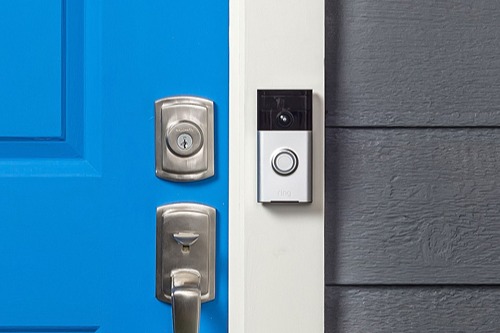
At first, Ring doorbells sounded like a dream: you could see who was at your door without leaving the couch. They were marketed as a way to make neighborhoods safer and deter porch pirates. But in practice, they create a constant feed of who’s coming and going, often stored in the cloud. And because these cameras sometimes share footage with law enforcement, they’ve turned into neighborhood watch programs with built-in data trails.
The subtle shift here is that the “luxury” of security has morphed into a 24/7 recording system you didn’t quite sign up for. Even casual visitors get caught on camera without consent. In tight-knit suburbs, that can feel like you’re under constant watch by your neighbors. What started as a private security tool is now a network of lenses facing the sidewalk.
3. Smart Garage Door Openers
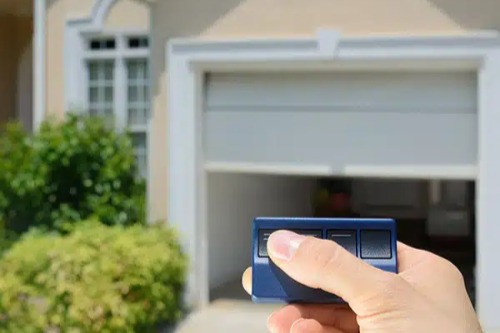
Remote-controlled garage doors were once the pinnacle of convenience. Then came app-connected models that let you check if you left the garage open from anywhere in the world. Sounds handy, until you realize these devices log every time the door opens and closes. That means there’s a digital record of when you leave, when you get home, and how long you’re away.
It’s not just you who can see this—many systems allow shared access for “trusted contacts” or service providers. That creates a potential for monitoring beyond what most homeowners expect. In a neighborhood where everyone knows everyone, the idea that your comings and goings are trackable can feel a little intrusive. The convenience is real, but so is the data trail.
4. License Plate Reading Gates
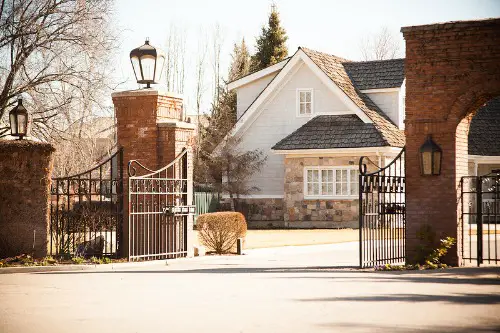
Some gated communities have installed automatic license plate readers to make entry “seamless.” You just drive up, the system recognizes your plate, and the gate opens like magic. But those same systems also keep logs of every vehicle entering or leaving, down to the exact timestamp. This data can be stored for months or even years.
While originally framed as a high-tech perk to make life easier, the reality is closer to a traffic surveillance system at your doorstep. It’s not just residents being tracked—guests, delivery drivers, and contractors are all recorded too. For some people, that’s a deal-breaker for privacy. It turns a friendly neighborhood gate into something that feels like an airport checkpoint.
5. Smart Thermostats with Geo-Tracking
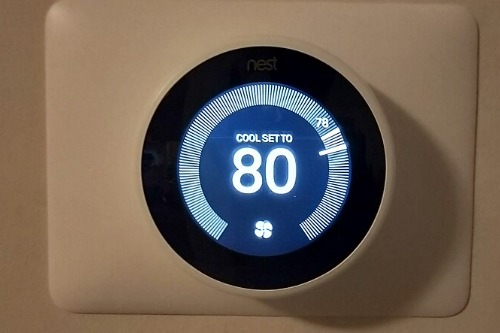
Thermostats like Nest offer energy savings by learning your habits. Many also use your phone’s location to adjust the temperature automatically when you’re “away.” While this is great for your utility bill, it means your system is constantly tracking your movements. And the data doesn’t just stay on the device—it’s often stored on servers.
That means your heating and cooling logs could be used to figure out your daily routines. In a suburban setting where houses sit close together, that’s more than a little unsettling. The thermostat isn’t just adjusting your climate—it’s creating a pattern of your life. And unlike a mechanical dial, there’s no “off” switch for the tracking.
6. HOA Security Patrols with Body Cameras
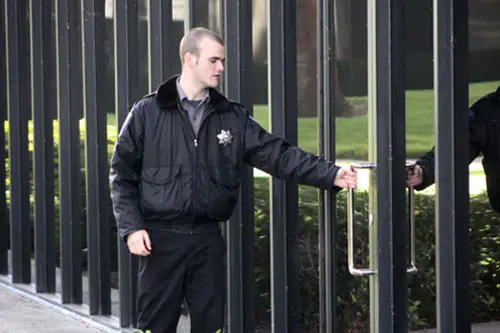
Some homeowners’ associations hire private security guards to drive through neighborhoods. Increasingly, those guards are equipped with body cameras “for accountability.” While the pitch is about safety, it also means every street, driveway, and front yard they pass is being recorded. And unlike personal cameras, these are operated by a third party.
That footage can be reviewed, stored, and even shared if there’s a dispute. It transforms casual patrols into rolling surveillance units. In a place where people used to wave at the security cart, now there’s a quiet awareness that the wave might be on film. The added formality makes the streets feel less like home and more like a monitored campus.
7. Smart Locks with Activity Logs
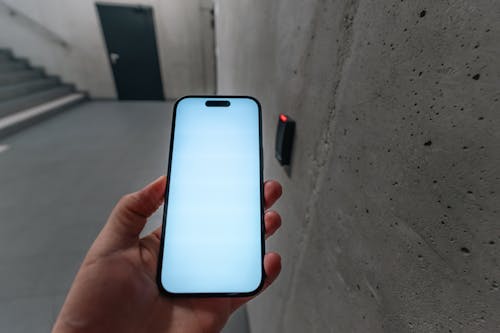
Keyless smart locks promise you’ll never fumble for your keys again. Many also let you assign unique codes to guests, cleaners, or dog walkers. The catch? They keep detailed logs of exactly when each code is used. That means your home has a digital record of every time someone comes or goes.
While useful for catching unauthorized access, it also creates a perfect map of your daily schedule. In the wrong hands, that’s information you might not want shared. It’s one thing for a lock to keep you safe—it’s another for it to double as a time clock. The convenience comes with an invisible layer of observation.
8. Mall-Style Neighborhood License Plate Cameras

In some suburbs, local shopping centers and community associations install overhead license plate cameras on main roads. These are meant to “enhance safety” and help police in emergencies. But the result is that every car entering or leaving the neighborhood is recorded. And these systems often operate without residents realizing the extent of the monitoring.
While originally designed for high-traffic urban areas, in small suburbs they can feel excessive. You can’t just “blend in” on the road when every plate is logged. Over time, it changes the sense of freedom people have in their own neighborhood. The whole place starts to feel like a controlled zone.
9. Package Delivery Lockers with Access Logs

Some newer suburban developments have central package lockers to prevent porch theft. You get a code to open your locker, and the system logs exactly when you pick up your package. The upside is fewer missed deliveries. The downside is that now there’s a record of your exact movements to and from the pickup spot.
This might not sound like a big deal—until you realize the logs are often accessible to property managers or HOAs. It’s one more piece of your daily life that’s quietly tracked. Even the simple act of grabbing your online order gets recorded. It’s a level of detail you wouldn’t expect from something as harmless as a mailbox.
10. Automated Pool Covers with Sensors
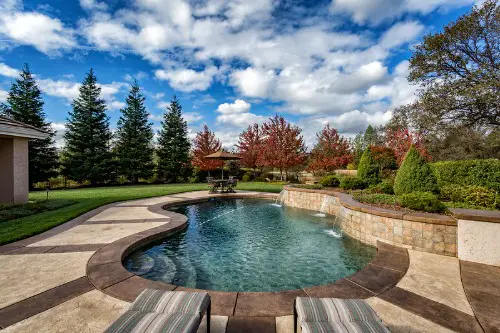
Motorized pool covers were marketed as the ultimate in safety and convenience. Newer models come with sensors and app integration so you can check if the pool is covered from anywhere. But they also track every time the cover is opened or closed. That means your pool activity is essentially timestamped.
If you live in a community where service workers or inspectors have app access, they can see exactly when and how often the pool is used. It’s not malicious by design, but it’s still a log of your private leisure time. For something that’s supposed to be about fun and relaxation, it can feel surprisingly formal. The pool becomes another space that’s “on record.”
11. Fitness Centers with Biometric Entry
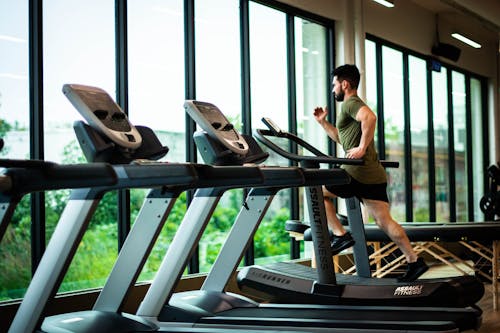
Some suburban neighborhoods boast private gyms as part of their amenities. Many now use fingerprint or facial recognition entry for “security and ease.” This means your biometric data is stored somewhere just so you can use a treadmill. And along with that, the system knows exactly how often you work out and at what times.
On the surface, it’s about protecting access for residents only. But the hidden effect is that your exercise habits are stored in a database. It’s a strange tradeoff—convenience at the cost of very personal data. Even in a small community, that can feel unnecessarily invasive.
12. Community Wi-Fi with Usage Logs
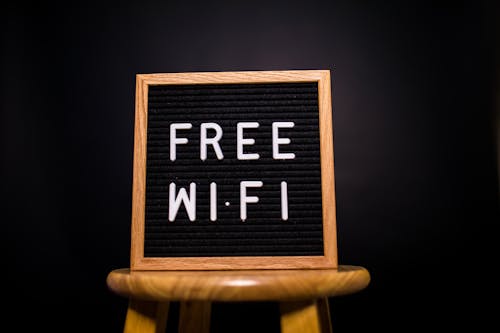
Free Wi-Fi throughout a neighborhood sounds like a futuristic perk. But most community-wide networks keep logs of when and where each device connects. That means your phone or laptop is leaving behind a digital trail every time you check your email or stream a show at the pool. The coverage might feel liberating, but the tracking is built in.
This logging is often explained as a security measure, but it also makes it easy to map your daily movements. It’s not exactly the neighborly vibe most people imagine when they think of “free Wi-Fi.” In a world where privacy is already fragile, it’s one more layer of quiet observation. The convenience comes with an invisible chaperone.
13. Smart Streetlights with Cameras
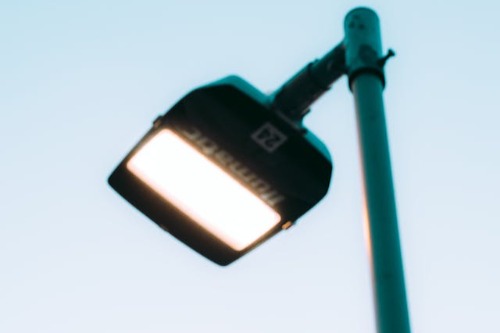
Some suburbs have replaced traditional streetlights with “smart” models that adjust brightness and save energy. Many of these also come with built-in cameras or motion sensors. While sold as an environmental upgrade, they can also record people and cars passing by. And since they blend into normal infrastructure, residents might not realize they’re being filmed.
The tech is marketed as crime prevention, but the reality is a network of always-on surveillance points. Walking your dog at night suddenly happens under a quiet digital gaze. There’s a psychological difference between being lit for safety and being lit for recording. That subtle shift changes how public spaces feel.
14. Neighborhood Drones for Security Patrols
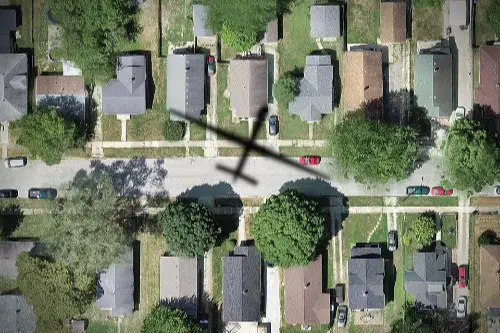
A handful of upscale communities have started using drones for neighborhood security sweeps. These can quickly cover large areas, capture high-resolution video, and stream it to security staff. While the pitch is about efficiency, it also means there’s aerial footage of yards, driveways, and even people in their own back gardens. And unlike ground patrols, drones can appear unexpectedly overhead.
This turns “patrol” into something more like constant surveillance. Even if the footage isn’t being actively monitored, it’s being collected. The feeling of being watched doesn’t stop when you step outside—it extends into the sky. It’s a high-tech feature that trades a sense of comfort for a lingering sense of being observed.
This post 14 Suburban Features That Were Meant to Be Luxurious But Feel Like Surveillance was first published on Greenhouse Black.
